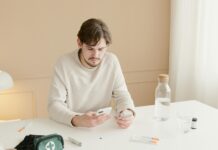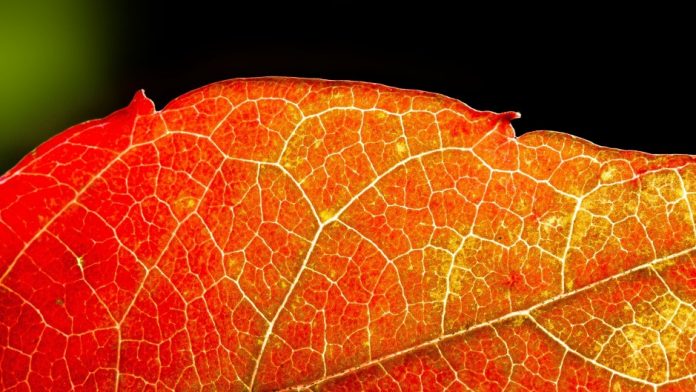Every human being is composed of many different biological compartments working together seamlessly. Everything we do, everything we put into our bodies, influences each compartment to a certain extent. But traditional drug testing methods usually only look at one cell type in isolation.
Now, researchers at the University of Toronto have begun to deconstruct human complexity by creating organs, complete with blood vessels, on microchips. By hooking a few of these devices together, they can simulate different organ compartments working together, potentially changing the way drug testing is performed.
The work, published Monday in Nature Materials, is a collaboration between several labs including Profs. Milica Radisic, Gordon Keller, Michael Sefton, and Aaron Wheeler.
Networking 101
They call the device AngioChip, the root angio-, from the Greek word angeion meaning “vessel”, making reference to the 3D network of blood vessels that permeates the microchip.
AngioChip is made by stacking thin layers of a polymeric material pre-patterned with a series of features. Like assembling a 3D puzzle, the final device emerges with a network of microchannels that form a blueprint for blood vessel formation. When cells flow through the microchannels, they adhere and grow, eventually forming a functional vascular network.
Next, the entire device is soaked in a different, organ-specific cell type, resulting in something that is like a tiny piece of a real organ.
The initial polymeric scaffold was chosen so that it could be degraded and remodelled by the cells. “The scaffold will disappear completely over time,” explains Boyang Zhang, the lead author on the paper and a PhD student in the Radisic lab.
“This is a very exciting result,” commented Prof. Alison McGuigan, who was not involved in this work. “Radisic and her team have really taken the control, complexity, and scale of the vascular networks they have integrated into their tissues to a whole new level.” McGuigan is no stranger to engineering tissue-based devices: her lab’s “unrollable” tumour tissues were published last November in Nature Materials.
Scaling up
So far, the team has made functioning heart and liver tissues with the liver actually producing urea. This begs the question: could such a device be used in regenerative medicine applications?
“We will need to make the tissue bigger for therapy,” says Zhang. The team is already working on automating the fabrication process, to achieve devices on the centimetre, rather than the micrometer scale. A more immediate application is personalized drug testing, since any cell type, directly from a patient, could be used to infuse the device.
Next, the team is setting their sights on kidney and cancerous tissues, but the structure of the device leaves the tissue choice completely open.







































